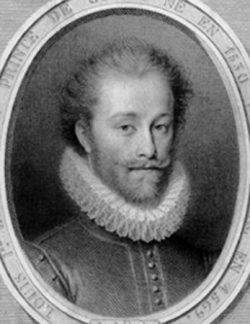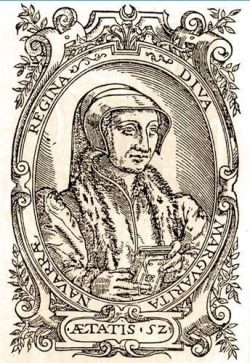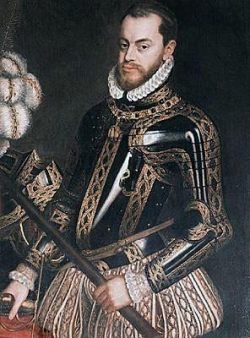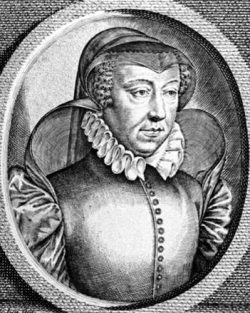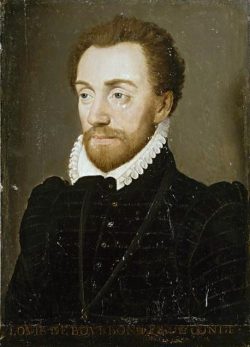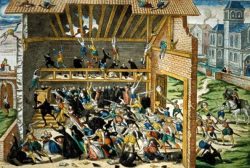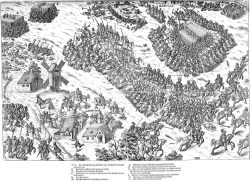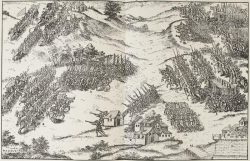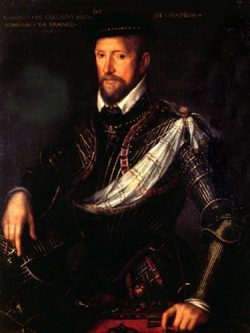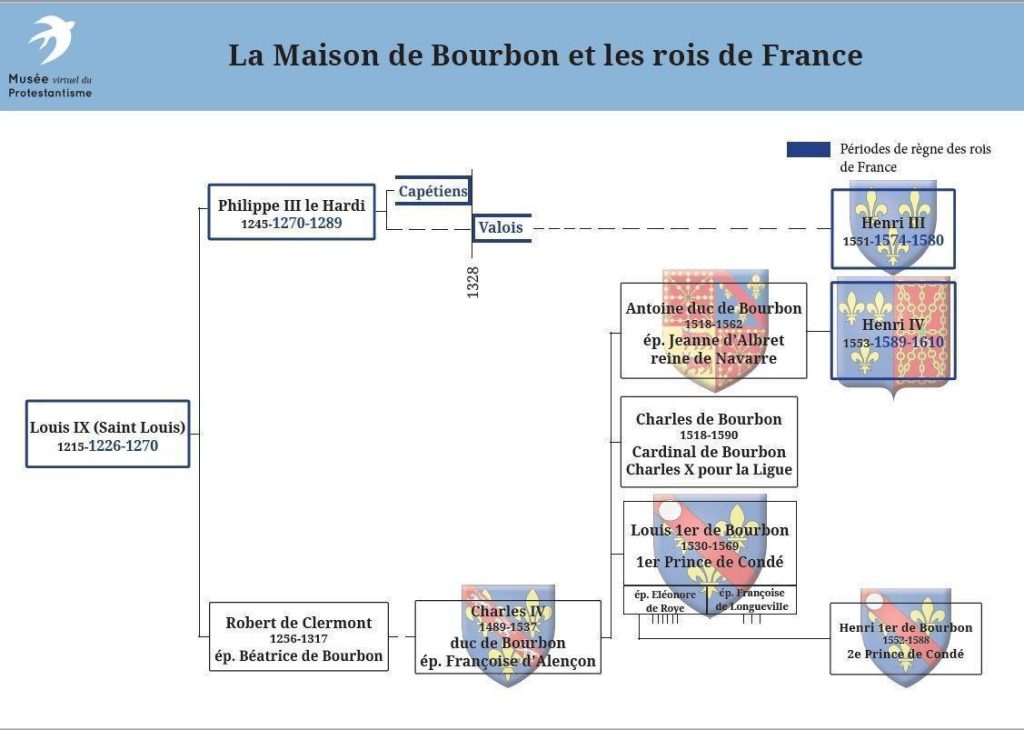Louis de Condé (1530-1569)
Louis de Condé descended from Louis IX (Saint Louis) was the Protestant leader during the first three Wars of Religion, until the battle in Jarnac where he was wounded and then murdered
A member of a prestigious dynasty
The 1st Prince of Condé, Louis de Bourbon, was born in Vendôme in 1530. He was the youngest son of Charles IV de Bourbon descending from Louis IX (Saint Louis) and Françoise d’Alençon. Louis de Condé, the brother of Antoine de Bourbon (1518-1562), and the founder of the House of Condé was the first to be called Prince. He was an orphan and he grew up in the care of Marguerite de Navarre, then became Duke of Nevers.
In 1551 he married Eléonore de Roye, Lady of Conti (1535-1564) and they had eight children. In 1565 he married Françoise d’Orlénas Longueville (1549-1601) who gave him three sons.
His eldest son, Henri 1st of Bourbon (1522-1588) was the protector of the Southern United Provinces.
His debut as a military commander
Between 1552 and 1558, under Henri II’s reign, Louis de Condé acquired a solid reputation as a military commander. He took part in military action against Charles V, then after 1556 against Spain after Charles V’s abdication in favour of his son Philippe II. Condé successively fought in Piedmont, possession of the Duke of Savoie, then in Lorraine and in Picardie. He probably converted to Protestantism at that time. In 1558 he took part with François de Guise in the retaking of Calais that had been occupied by the English for more than two centuries.
An ambiguous role in the Conspiracy of Amboise (1560)
In 1559, upon Henri II’s death, Catherine di Medici was regent to the young King Francis II. But he was influenced by the de Guise, uncles of Queen Mary Stuart, whom he married in 1558.
In March 1560 some Protestants started scheming to kidnap the king. But the plot failed. Louis de Condé, compromised in the scheme, disavowed the conjurers and had to attend their execution in Amboise.
At the end of the same year Condé was compromised again, this time in an insurrectional Protestant movement in Bas-Languedoc. He was arrested, and some say, sentenced to death. The king’s death in December saved him. Indeed, Catherine di Medici then regent for king Charles IX wanted to get rid of the Guise influence to pursue a policy of appeasement.
The predominant role of Condé during the first War of Religion (1562-1563)
In 1562 the massacre in Wassy by Duke François de Guise marked the beginning of the Wars of Religion for the Protestants. Louis de Condé called the Protestants to take up arms and denounced those who disobeyed the edicts of pacification and arguing to ‘protect the king from his entourage while he was minor under the queen mother’s rule’. He conquered Orleans in April 1562, then Rouen, the second city in the country. Condé’s Taking of Orléans marked the beginning of the Wars of Religion for the Catholics.
The war spread throughout the kingdom, mainly in Normandy, in the South-West and South-East of the kingdom.
The Royal troops regained the initiative and besieged Rouen, then controlled by the Protestants ; During the siege Antoine de Bourbon, Louis’ brother was fatally injured.
The battle in Dreux took place between the troops of Condé and those of the Constable of Montmorency, to the benefit of the Royal troops. Louis de Condé was taken prisoner.
In February 1563 Duke François de Guise besieged Orléans, controlled by the Protestants. He was murdered there.
Louis de Condé was freed thanks to the Peace of Amboise in 1563 granting the Protestants some religious tolerance, namely on 19 March 1563 the edict of pacification of Amboise was negotiated and signed by Condé with the Constable of Montmorency.
A war for nothing: the second War of Religion (1567-1568)
The growing influence of the Cardinal of Lorraine, and brother of François de Guise, on young King Charles IX prompted Condé and Coligny to leave the court and take up arms again as early as the Autumn of 1567. Louis de Condé tried to abduct the king; Charles IX was warned, foiled the attempt and went back to Paris protected by the Swiss guards. The event called the ‘Surprise of Meaux’ sparked the second War of Religion.
Several cities in the South of France were taken by the Huguenots. In Paris, besieged by the Huguenot army, the Catholics lashed out violently against the Huguenots.
Condé’s army siezed Saint-Denis in November 1567 and then went on to Dreux. The battle of Saint-Denis, however, ended to the benefit of the King’s partisans, though the Constable of Montmorency was fatally injured.
After long negotiations the peace was signed on 23 March 1568, the Edict of Longjumeau which confirmed the Edict of Amboise but granted the Protestants only one stronghold: La Rochelle.
The third War of Religion until the death of Condé (1568-1569)
Peace did not last as the King revoked the Edict of Longjumeau with the rulings of Saint-Maur in September 1568.
Louis de Condé withdrew to Burgundy. As he felt threatened by Royal troops he joined Gaspard de Coligny in La Rochelle on 19 September.
On 13 March 1659 in Jarnac (in the Charentes region), the Royal army led by the Duke of Anjou (Henri III to be) won the fight against the Protestants. Condé was injured when he fell off his horse and tried to surrender but was executed by an officer of the Duke.
Bibliography
- Books
- MIQUEL Pierre, Les Guerres de religion, Fayard, Paris, 1980
- ROMIER Lucien, La conjuration d’Amboise, Perrin, Paris, 1923
Associated notes
-

The Bourbons
The Bourbons descended in direct line from Louis IX also called Saint Louis ; they were blood princes. They had precedence over all the other noble men in the Kingdom and... -
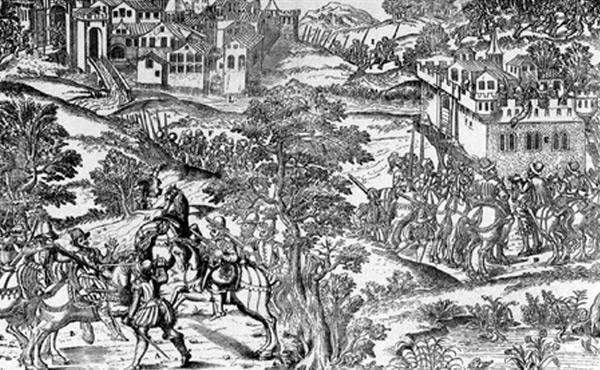
La Conjuration d'Amboise
-
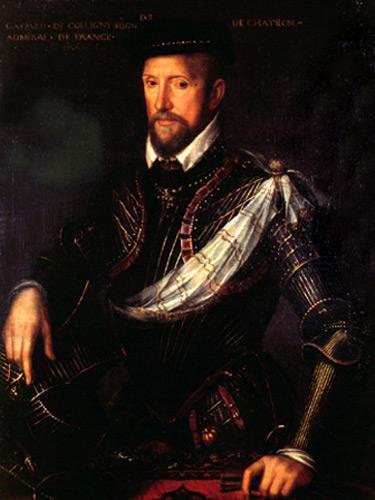
Gaspard de Coligny (1519-1572)
Gaspard de Coligny born in the influential Châtillon family, was naturally at the service of the King of France. However, after being made prisoner at the siege of Saint Quentin,... -
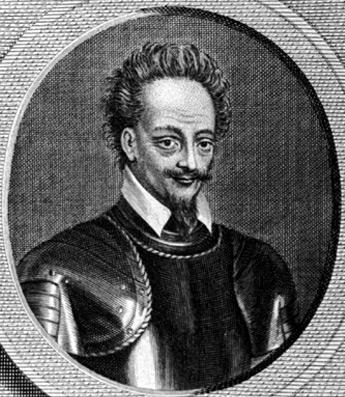
The United Provinces of the Midi
Strongly influenced by Calvinism, a political theory of State government was put into practice in the Midi for about twenty years. In this political system, the power comes from the... -

Jeanne d'Albret (1528-1572)
She became a convert of Protestantism and made it the official religion in her kingdom of Navarre. -
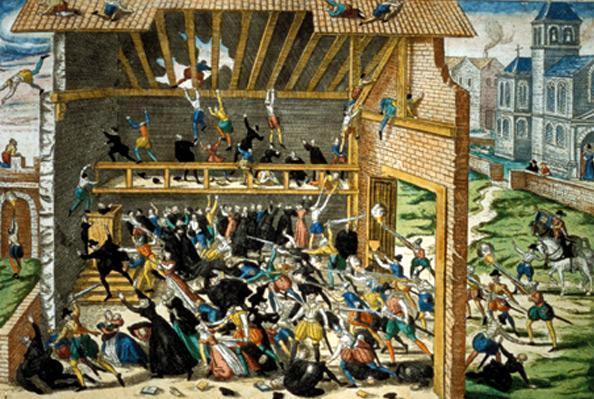
The massacre of Wassy (1562)
From the protestant point of view the wars of religion began with the massacre of Wassy, whereas from the catholic point of view it was Louis de Condé’s attack on... -

First war of Religion (1562-1563)
1 March 1562 Massacre of Wassy 2 April 1562 Orléans conquered by Louis de Condé 30 April 1562 Lyon becomes Reformed, violence, iconoclasm 20 September 1562 Treaty of Hampton Court... -
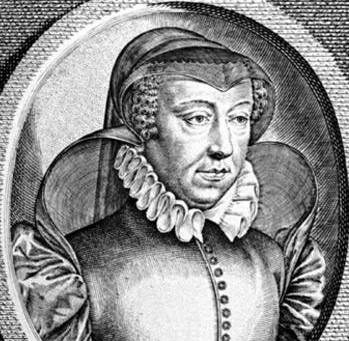
The second war of religion (1567-1568)
19 March 1563 Peace of Amboise January 1564 Catherine de Medici started her «great tour of France» 27 May 1564 Death of Jean Calvin June-July 1565 Interview in Bayonne with... -

Third war of religion (1568-1570)
23 March 1568 Edict of Longjumeau May 1568 Chancelor Michel de l’Hospital dismissed. Repressive measures in the Netherlands. The French civil war spread abroad. First self-defense Catholic leagues.... -
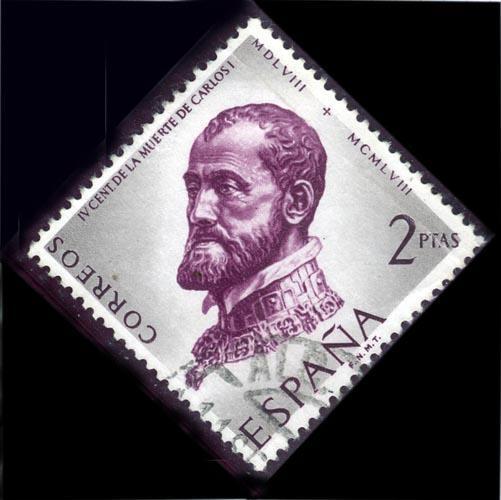
Charles the Fifth (1500-1558)
Charles the Fifth inherited a vast empire; although he saw himself as a defender of Catholicism, he was unable to prevent the spread of the Reformation Movement in the Holy...

